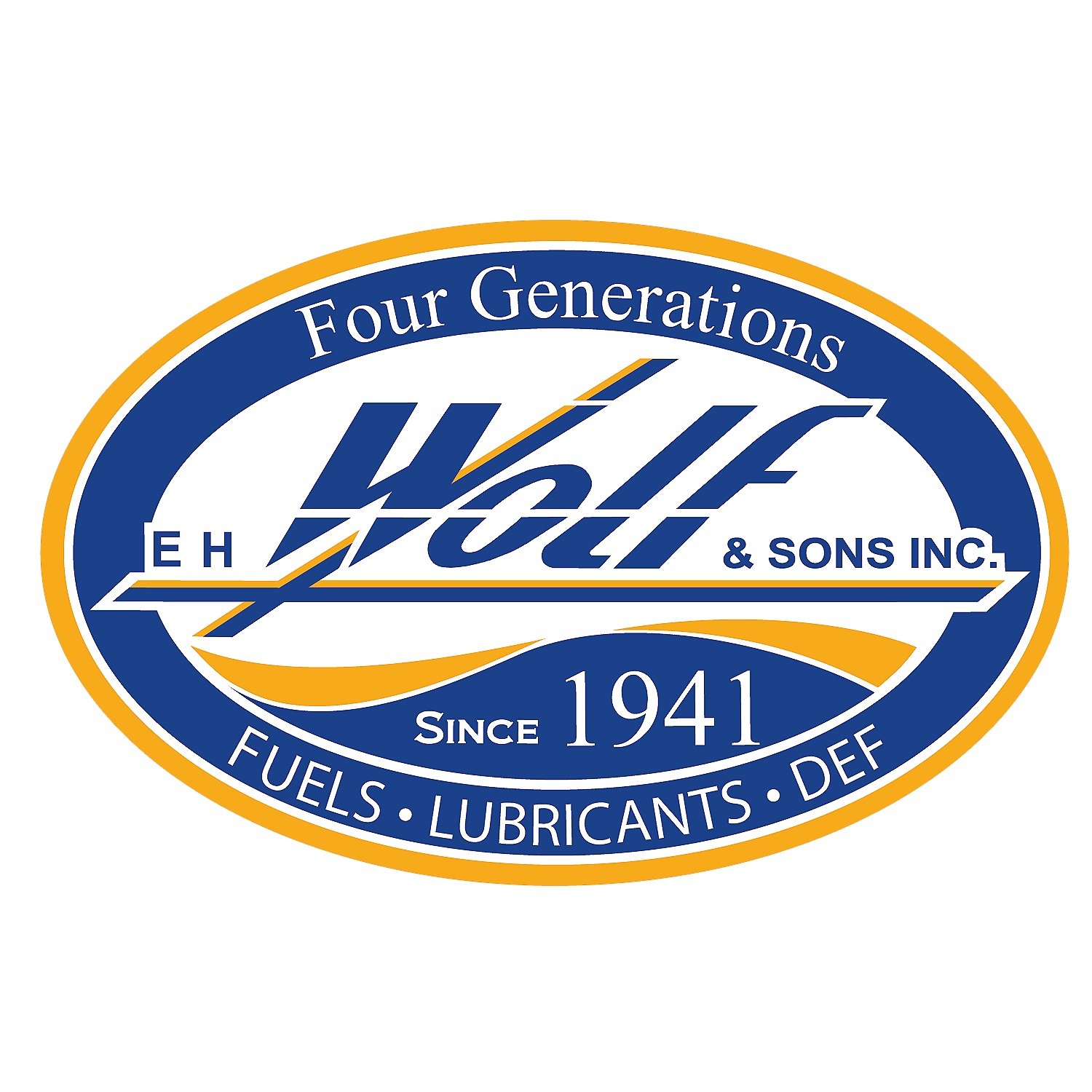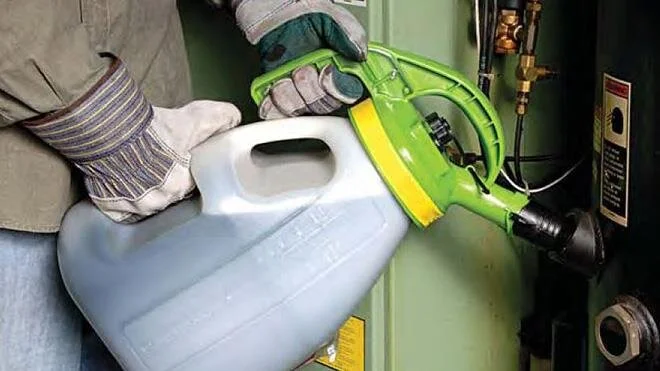4 Steps for Adding Oil to Machines
When it comes to topping up oil, inadequate transfer equipment and cleanliness procedures are among the biggest concerns. Using metal or plastic funnels is a widespread problem. Reusable funnels collect dust and debris as they sit in lockers or utility vehicles. Where a funnel is needed, employ single-use versions that can be disposed of after each application.
Open-top and galvanized transfer containers can also create issues. Galvanized containers typically have a zinc coating to protect the steel. As the oil sits inside the galvanized container, the additives in the oil attach themselves to the container and are stripped from the oil. Open-top containers allow contaminants in the air to contaminate the oil before it even enters the machine. Sealable and reusable (S&R) containers are the preferred alternative. These containers come in many different styles and sizes to fit your needs.
With these precautions in mind, you should now be ready to top up your equipment following the four steps detailed below.
Step 1: Lubricant Identification
Identify which lubricant will be used and confirm that it corresponds to the machine being topped up. After you have selected a proper transfer container for the lubricant, ensure it is clean before filling. You do not want to take clean, filtered oil from a bulk storage container and put it into an S&R container that has been sitting around with the lid off collecting dirt particles or moisture. Also, do not make the mistake of using the same S&R container for all your oils.
After filling the S&R container, seal it and close the spout. Any spilled oil on the outside of the container should also be wiped clean. Keep the container protected as you make your way through the plant. Finally, determine how much oil the machine requires. This will provide an indication of how much oil was lost and how much was added.
Step 2: Preventing Contamination
Before topping up the equipment, make sure the area is free of visible contaminants that could enter the system once it is opened. Verify the lubricant tag on the machine corresponds to the tag on the S&R container. If they don’t match, do not add oil. Cross-contaminating or using the wrong lubricant can be catastrophic to equipment.
Once you have the right lubricant, confirm that it is safe to proceed before touching the equipment. Identify the correct location or port and clean any dirt, debris, product, water, etc., from the opening before exposing the machine. Also, clean around any level plugs being removed. If you are using a sight glass to monitor the oil level, it should be clean and allow you to see the level. If the sight glass is unreadable, remove, clean and replace it before continuing the top-up procedure.
Step 3: Adding Lubricant
Next, slowly open the fill port, watching for any potential contaminants that might enter the system. Direct the transfer container’s spout to the fill port’s hole without making contact and slowly begin adding oil. Pay close attention to the level indicator and keep track of how much oil is added.
As you start to see the oil level rise, stop filling to let the level catch up. Patience during the top-up process is difficult for most people. Slow down. More viscous oils move slowly and must travel around components on their way to the sump. Many people overfill their equipment because they are impatient and do not wait for the oil level to catch up.
After the desired level has been reached for the machine, stop filling and close the spout on the S&R container. Replace the cap or plug and wipe up any spilled oil. The lube tag should still be visible and in working order. Scan the work area and clean up any rags, tools, oil mats, etc. Any locks or permits should also be wrapped up before moving to the next machine.
Step 4: Documenting the Top-up
For future reference, record the amount of oil added. This information will be needed if oil analysis is performed. Also, clean all S&R containers used and verify that the identification tags are intact and visible. Next, return the containers to their designated location.
It’s a good idea to revisit the machine about an hour after adding oil to check the oil level, possible leakage, proper functioning of the equipment or any trash you might have missed. The oil level may fluctuate if the machine was in motion during the top-up. Adjust as needed.
Remember, if used correctly, S&R containers can help prevent the possibility of contaminants entering your system. Be sure to purchase enough of these containers so they can be dedicated to specific work areas and lubricant types.

